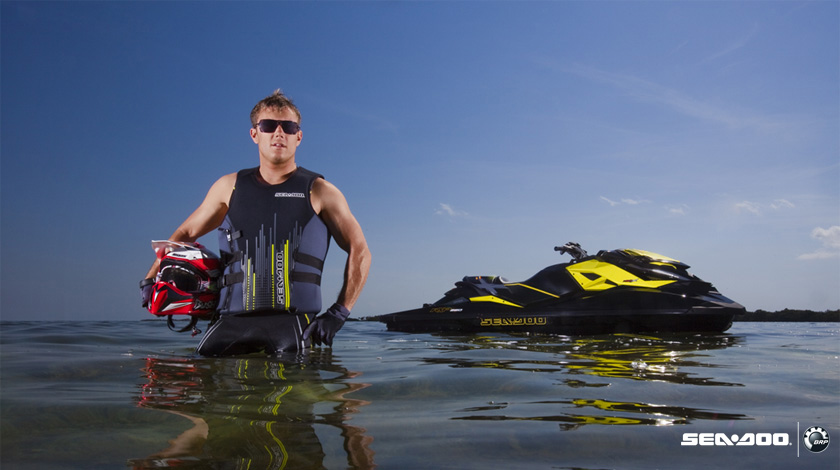Driving a Jet? – But what is it and how to manage it?
Jet is a turbine-powered and internally powered craft. The principle of operation is that the turbine sucks into the water from the opening under the bottom and expels it from the rear as a jet. Jet's got gas, but no brakes. The speed can only be reduced by reducing the gas.
To turn the jet, you need to keep it on the gas so that the water jet does not disappear. If the gas is shot, the vehicle becomes unstable and difficult to control.
There are two types of personal watercraft: seating and parking watercraft. The first one is sitting, the second one is standing. The standing machine is well suited as a training tool, the seating machine develops a high final speed and has better acceleration. The seat is especially good for fun, as you can bring a companion with you.
Anything but riding a jet!

